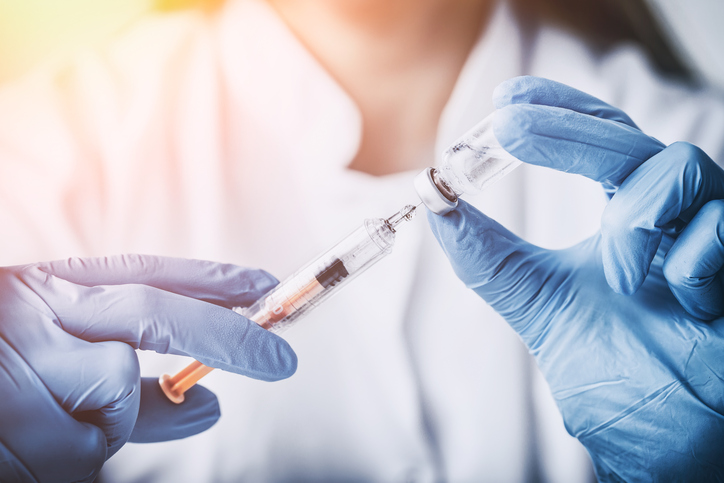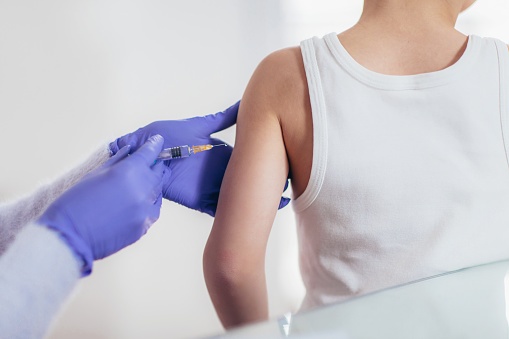According to an analysis of real-world data published in Frontiers in Pediatrics by Tal Ben-Ari and colleagues, children who take growth hormone (GH) therapy are predominantly male and tend to have suboptimal adherence.
GH has been the standard therapy children with growth disorders for more than 60 years, with the goal of normalizing height velocity and attaining a final adult height within the normal range, while minimizing risk and cost, the authors explained.
“Despite global short-term evidence for GH therapy, limited long-term data are available on treatment patterns and outcomes of GH use,” they continued. “Most of the current information regarding treatment patterns and long-term outcome of GH therapy is derived from pharmaceutical based registries … and several nationwide cohorts, which provide limited data on the baseline characteristics at GH initiation by indication, outcome, and adherence in a real-world environment.”
In this analysis, the researchers used a large electronic database from Maccabi Healthcare Services (MHS), Israel’s second largest state-mandated healthcare provider, to assess GH treatment patterns in children in a real-world setting. Children were followed from GH treatment initiation to attainment of adult height, and information on prescribing patterns, adherence, and outcomes of GH treatment were collected.
Patients mainly had diagnoses of growth hormone deficiency (GHD) and idiopathic short stature (ISS). The patients were followed from treatment initiation of GH over a period of at least 12 months, from 2004 to 2015. Good adherence to therapy was defined as the proportion of days covered (>80%).
At GH treatment initiation, 62.1% of the patient population were boys, and the height standard deviation score (SDS) was −2.36 ± 0.65. Children who initiated GH therapy also tended to belong mainly to the highest socioeconomic status tertile. Time from short stature diagnosis to first GH purchase was 4.8 ± 3.3 years.
The mean duration of treatment was 3.5 ± 0.95 years, and 79.4% of children were treated for more than three years. Following the treatment period, the mean height gain SDS was 1.09 ± 0.91 for patients with GHD, and 0.96 ± 0.57 for patients with ISS.
Moreover, the researchers observed that while 78.2% of patients had good adherence to GH treatment in the first year, adherence declined thereafter, to 68.1% during the third year. “Appropriate referral, diagnosis, and follow-up care may result in better treatment outcomes with GH therapy,” the authors concluded.






 © 2025 Mashup Media, LLC, a Formedics Property. All Rights Reserved.
© 2025 Mashup Media, LLC, a Formedics Property. All Rights Reserved.